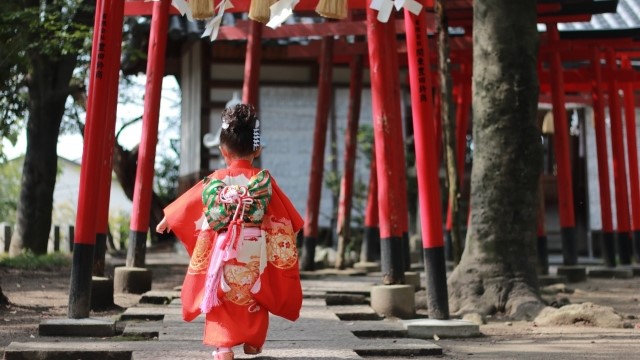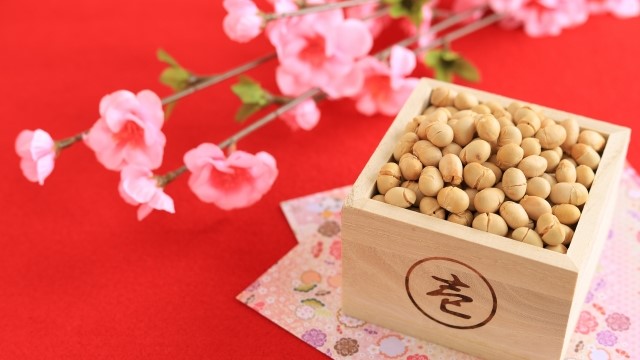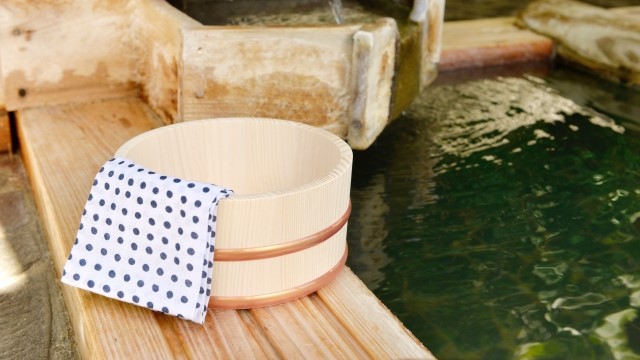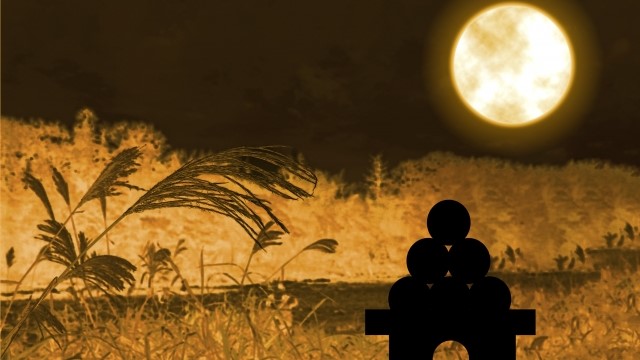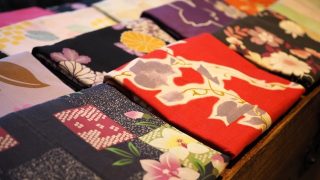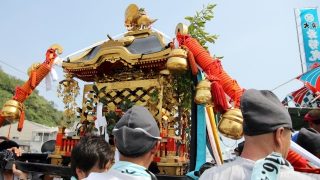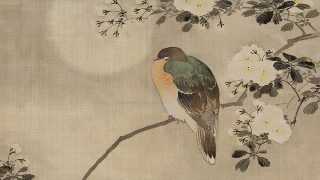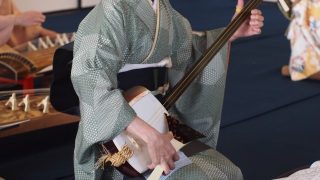About Shichigosan (Seven-Five-Three Ceremony-七五三)
Shichigosan is an annual Japanese festival to celebrate a milestone in life by visiting a shrine to appreciate the growth of 3-year-olds (boys and girls), 5-year-olds (boys), and 7-year-olds (girls), which is an important milestone in their childhood.
In Japan, on November 15th, children who have turned 3, 5, and 7 years old can be seen wearing sundresses and visiting shrines. At the shrine, they can have a purification ceremony to ward off bad luck or buy Chitose candy and take a commemorative photo.
The beginning of Shichigosan, Seven-Five-Three Ceremony
Shichigosan has its roots in the rituals of “hair placement, Kamioki,” “Japanese traditional ceremonial dress wearing, Hakamagi,” and “untying of the obi, Obitoki” that have been practiced in the courts and samurai families since the late Middle Ages. Since the Edo period, boys have been celebrating at the ages of three and five years old and girls at three and seven years old.
In the old days, the death rate of infants was so high that they were said to be “God’s children until the age of seven,” so they celebrated their safe upbringing at each milestone and prayed for their healthy growth thereafter.
The three rituals became one in the latter part of the Edo period and later spread to become what they are today.
The ceremony of Shichigosan
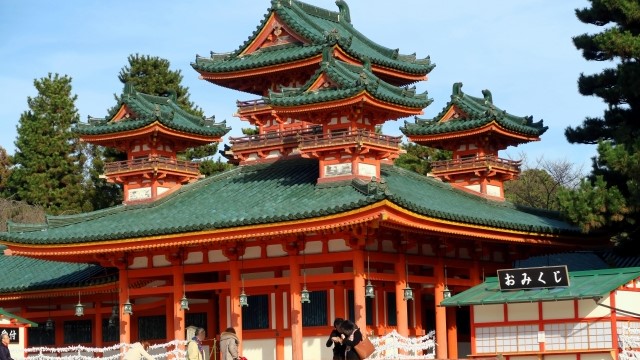
3 years old : The ceremony of hair placement, Kamioki.
It’s a celebration of the growth from baby to child. It is a festive ritual for both boys and girls. Baby used to shave their hair until they were three years old, and babies started growing it out after the ceremony.
5 years old : The ceremony of Japanese traditional ceremonial dress wearing, Hakamagi.
This is a boy’s festive ritual, celebrating the growth from child to boy and wearing hakama, a traditional Japanese ceremonial dress, for the first time.
7 years old : The ceremony of untying of Obi, Obitoki.
It is a celebration of the growth of child to girl. It changes from a kimono with a string for a child to a kimono with an obi knot for a girl.
Generally, Shichigosan celebrations are held in the year of counting (the term the mother is in her belly is counted as one year, and the day of birth is one year old, with two years old on the next New Year’s Day). Still, nowadays, there are more and more celebrations that don’t stick to the year of counting, such as considering the growth of the child or having siblings celebrate together.
Why is Shichigosan celebrated on November 15th?
The reason why Shichigosan was set on November 15th was because the day was considered to be a best luck day for everything. Still, nowadays, it is often celebrated on a holiday around the 15th, and in the northern regions of Japan, it is sometimes held in October to avoid the cold weather.
In the Edo period, the fifth shogun, Tsunayoshi Tokugawa, held a ceremony to pray for the safe growth of his eldest son, who had a weak constitution, on November 15th, and this ceremony is said to have taken root in the public.
There is also a theory that November is the month of the autumn harvest, which is a month of good fortune, so the numbers 3, 5, and 7 were added to make it the 15th.
Nowadays, however, many people don’t care about the 15th but choose the good luck day from October to November when the family will be together.
The attire of Shichigosan
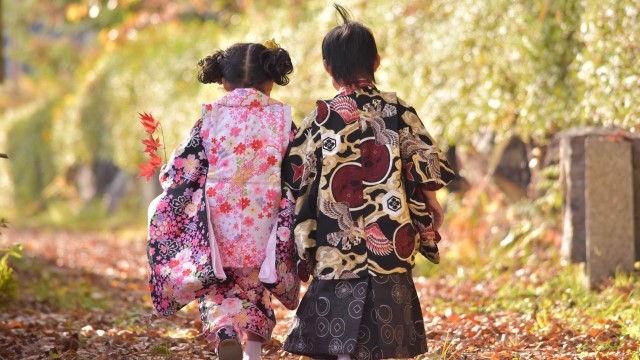
Japanese costumes are also the origin of Shichigosan, making girls look cuter and boys look more dignified, and Western costumes are also popular.
More and more people are going to visit the shrine in gorgeous Japanese costumes for rent, and people are going to have family dinner parties in Western costumes that are easy for the children to wear.
In addition, the dress of the attendants (father, mother, etc.) is also basically formal.
Chitose candy, Chitose ame
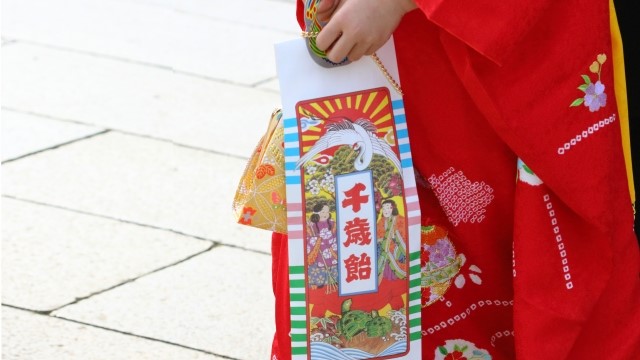
Chitose candy is made by pulling and stretching, so it is a long red and white candy with a good omen associated with a long life. The bags are decorated with auspicious motifs of cranes, turtles and pine, bamboo and plums, and the name “Chitose” (1,000 years) is also auspicious, so it is customary to carry a bag of Chitose candy on the Shichigosan.
There are many theories about the origin of Chitose candy, but in the Edo period (1603-1868), when the Shichigosan event was popularized, Chitose candy already existed.
When we see a child holding a long bag of Chitose candy and being held in the hand of his or her father or mother, we feel happy to see how cute he or she is.


